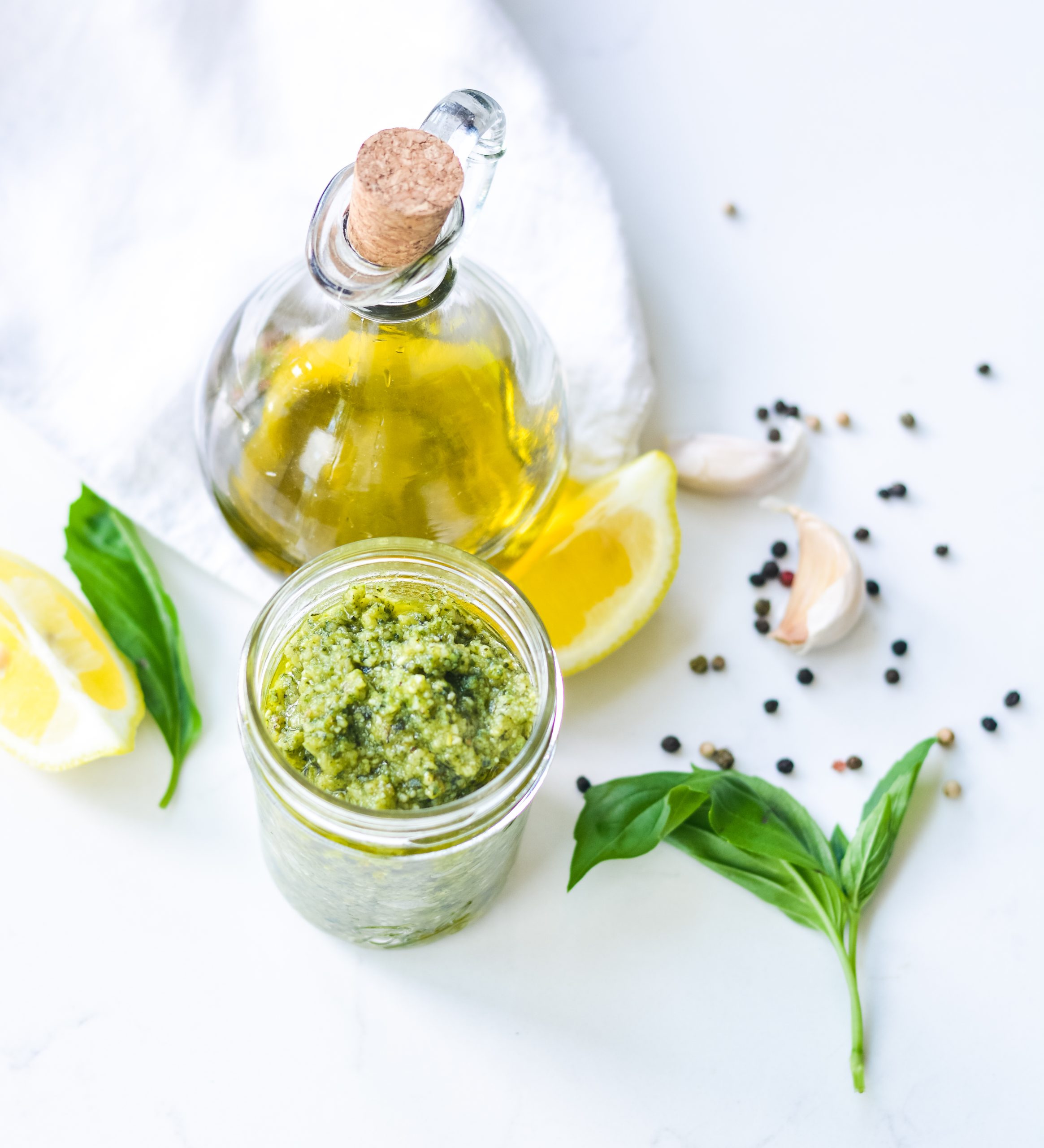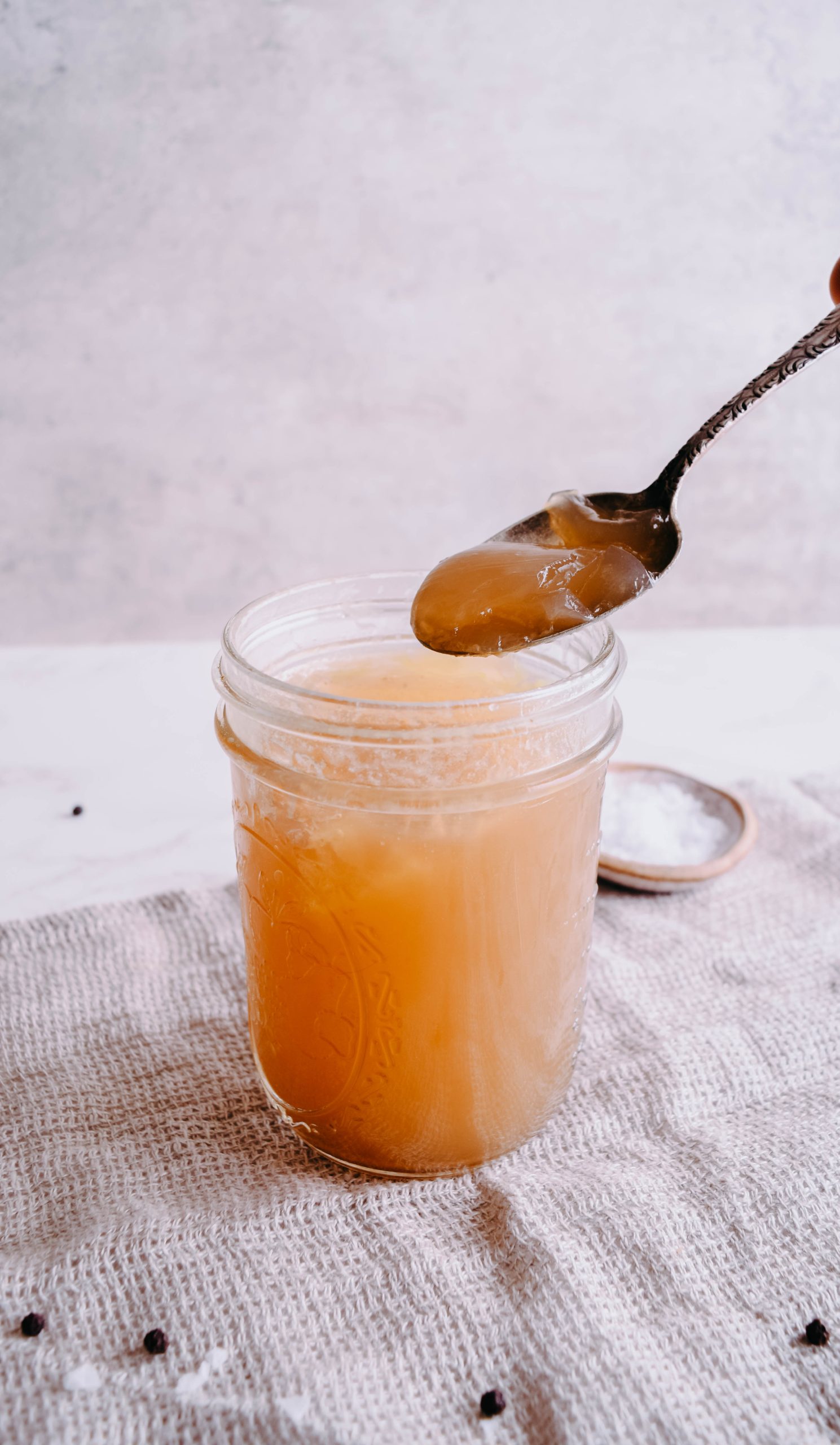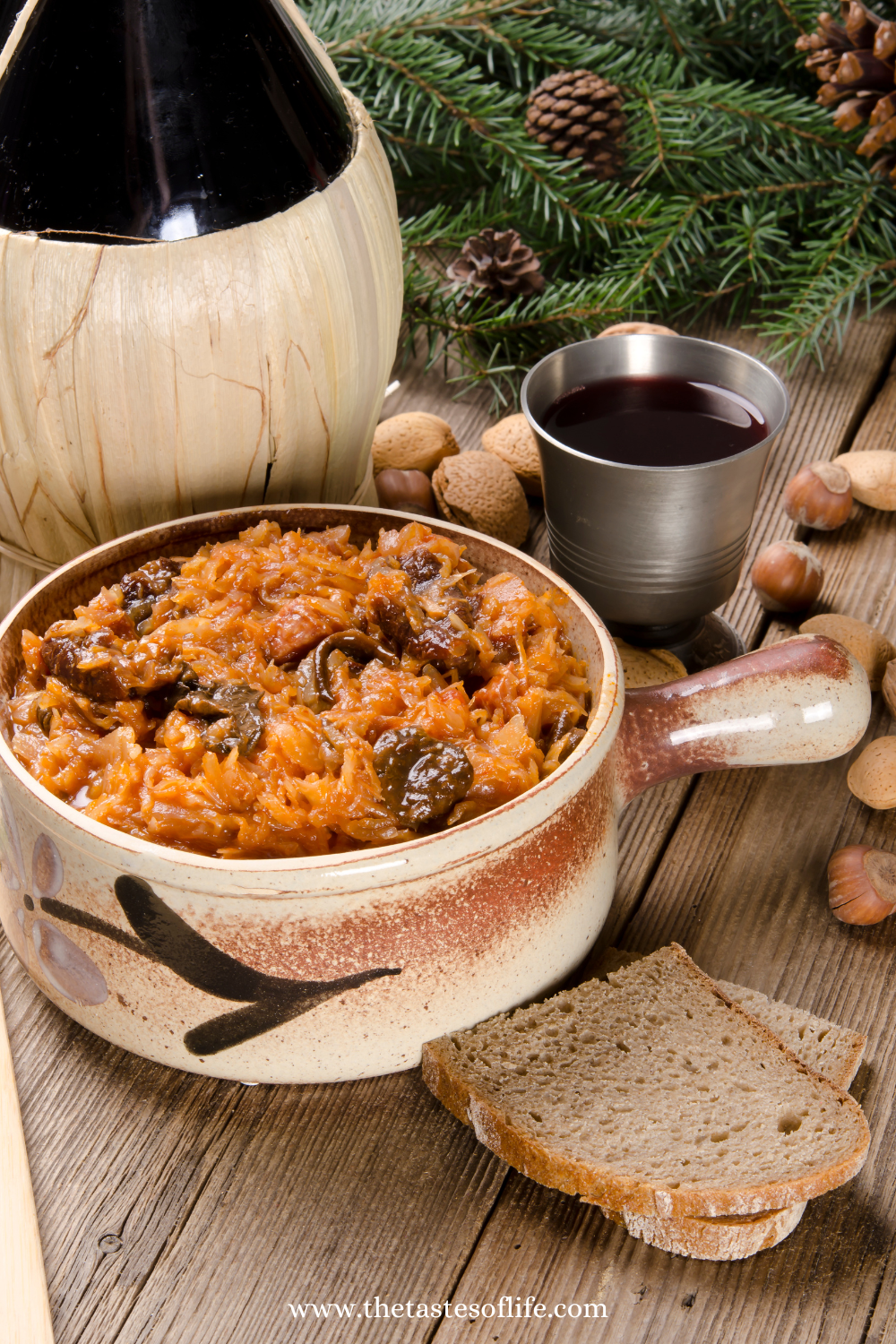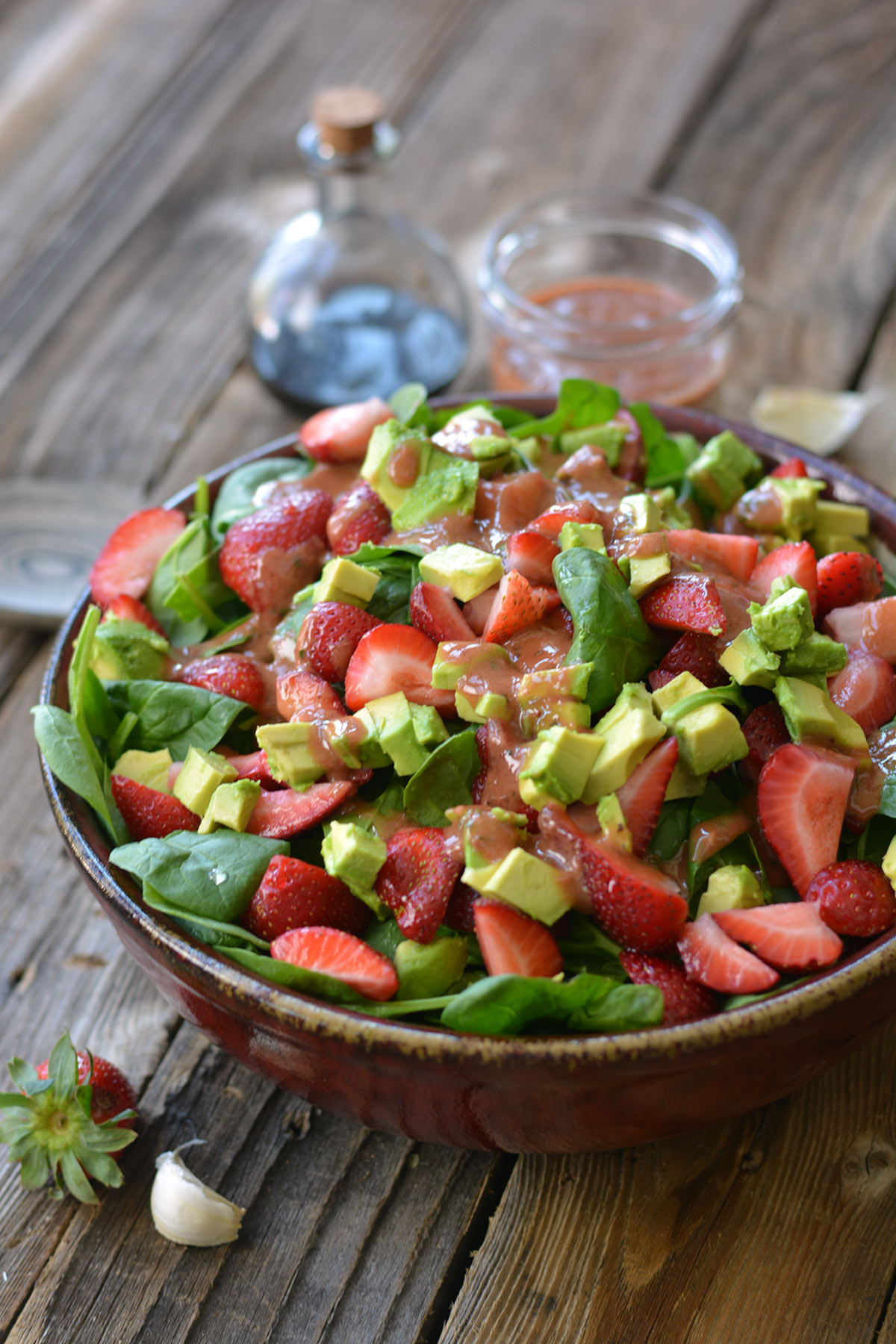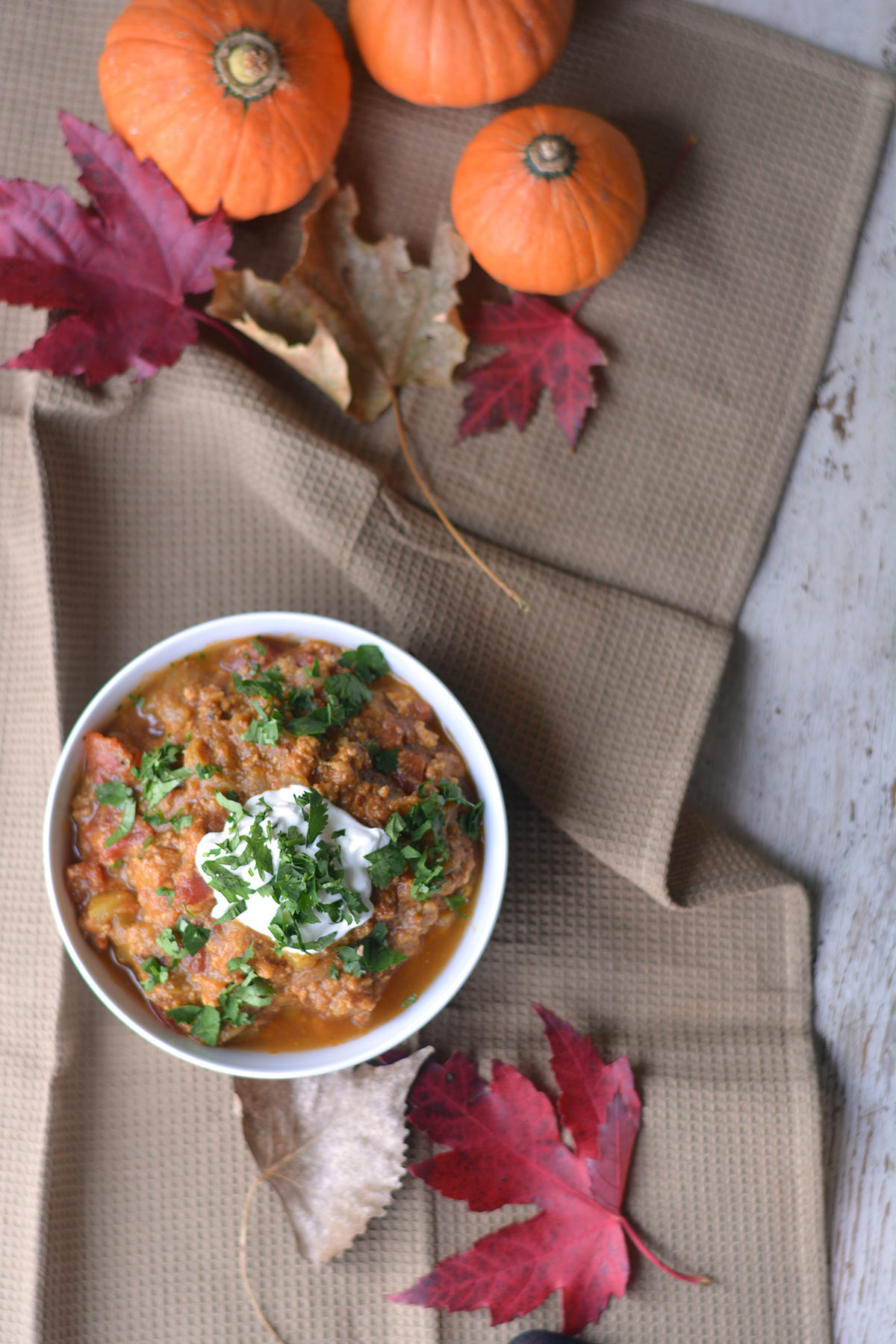Ancient Traditions of Egg Painting in Poland
Discover the ancient traditions of egg painting in Poland and across cultures and traditions. From purity to vitality, explore the symbolic meanings behind white, brown, red, yellow, green, blue, and purple eggs. Uncover the rich tapestry of interpretations associated with egg colors and their representation of new beginnings, fertility, joy, and spiritual enlightenment.
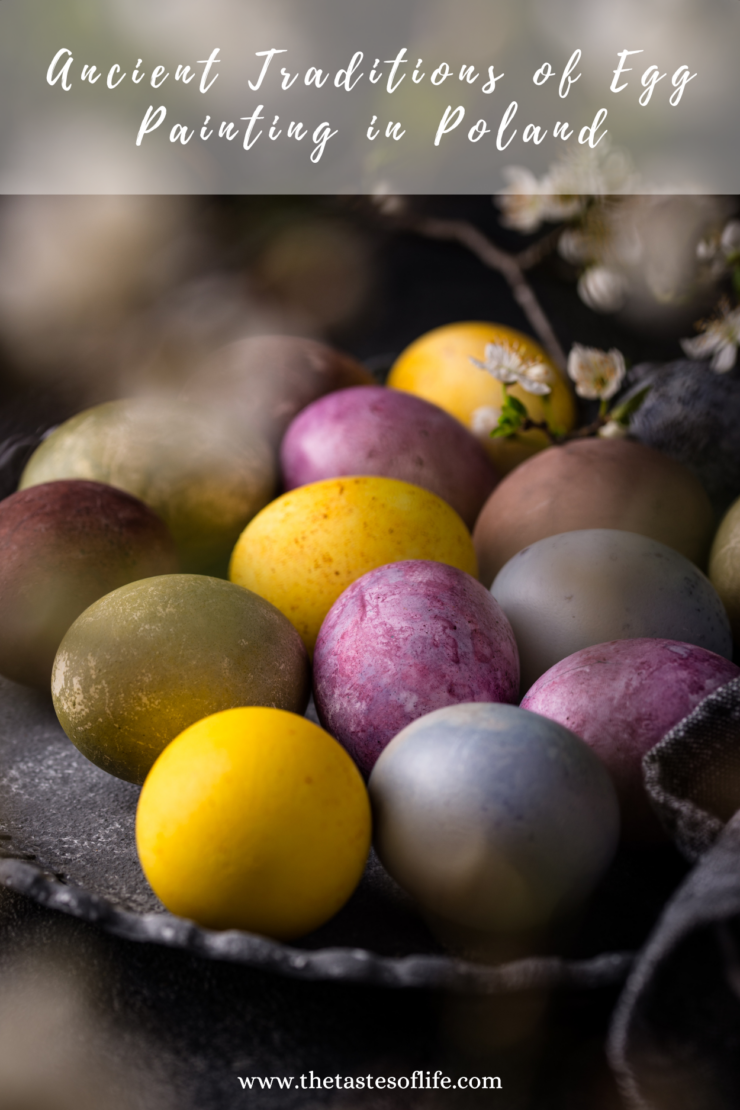
The tradition of painting Easter eggs is one of the most characteristic and recognizable elements in the culture of many countries worldwide, including Poland and other Slavic countries. We Slavs take great pride in egg painting and treat it as an art. This custom spring ritual has a rich history and is associated with many symbolic meanings. We call them “pisanki” in Poland.
As the easter season approaches each year, Polish families eagerly prepare for Spring and Easter with a deep reverence for the cultural practices that have defined their heritage for centuries.
Egg dyeing in Poland is far more than a simple holiday pastime or an easter tradition; it’s a ritual that connects families to their roots and pays homage to their ancestors’ craftsmanship. The process is steeped in symbolism, with each color having significance.
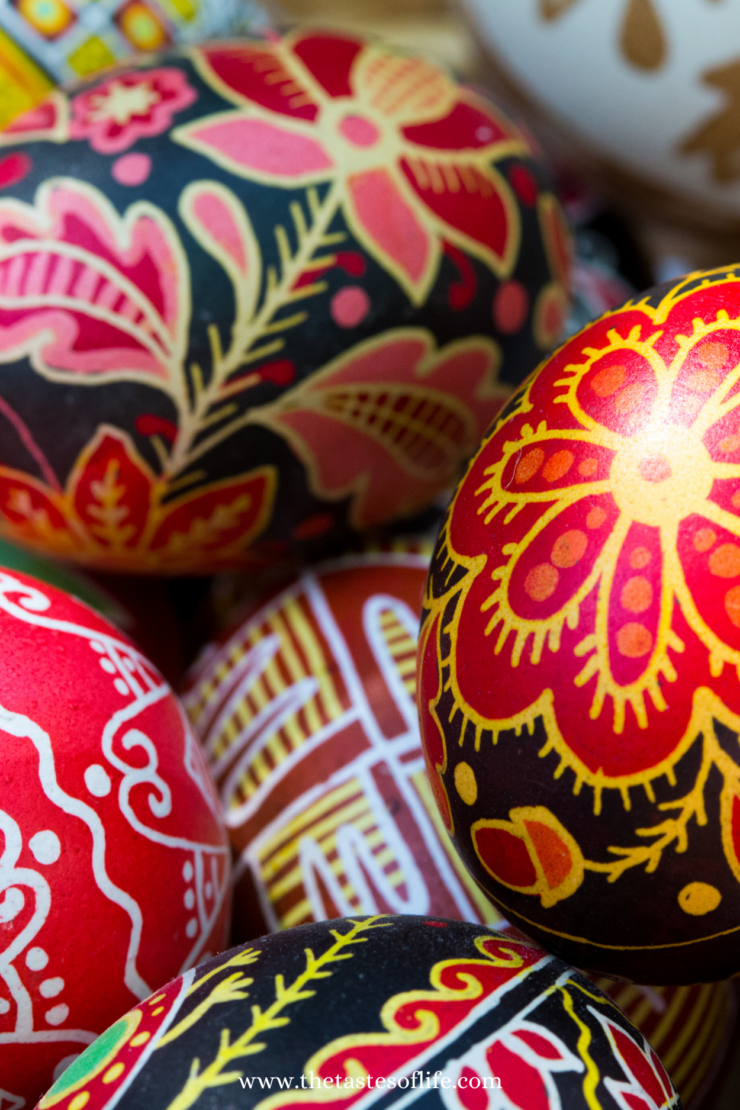
The Origins of Egg Painting in Poland
At the beginning of spring, ancient Slavs (during pagan times) celebrated many traditional rituals associated with the awakening of nature and the triumph of light over darkness. Nowadays, it is a time of anticipation for the Easter holidays, during which most of us gather at festive tables, regardless of whether we are connected with Christianity.
However, it is worth remembering that most Easter customs still alive today do not originate from Christian culture. In most cases, they come from ancient pagan traditions and pagan beliefs. So, where did pisanki (painted eggs), water pouring, or blessing of food come from? Let’s find out!
Slavic Easter: How Did it All Begin?
At the turn of March and April, pagans traditionally celebrated spring’s beginning and nature’s reawakening. One such celebration was the Spring Rites, during which Marzanna bid farewell, and Jarył was welcomed. This holiday fell on the day of the vernal equinox – from this day on, light once again began to reign over darkness. Meanwhile, among the Germans, celebrations in honor of Ostara – the goddess of fertility and spring – took place during this period. It is from her name that the English word “Easter” is derived!
Pagan Spring Traditions
Many traditions we uphold have a much longer lineage than we realize. Take, for example, the Easter bunny. It has been a pagan symbol of fertility for centuries and was associated with spring and its awakening to life. The symbolism of the Easter bunny is, therefore, associated with its reproductive activity conducted in spring. The bunny was also the favorite animal of the goddess Eostre (the Anglo-Saxon counterpart of Ostara), whose form was said to take during the full moon.
However, the bunny is one of many traditions with a long history. The blessing of food, which now takes place in churches, also has pagan roots. This custom migrated to Poland around the 12th century. It originates from pagan feasts during which food was blessed, and a part of it was offered to the gods. It is also worth mentioning that watercress, often used to decorate blessed dishes, is another symbol of fertility and the rejuvenation of nature. The tradition of sowing it dates back to the times of celebrations in honor of Adonis!
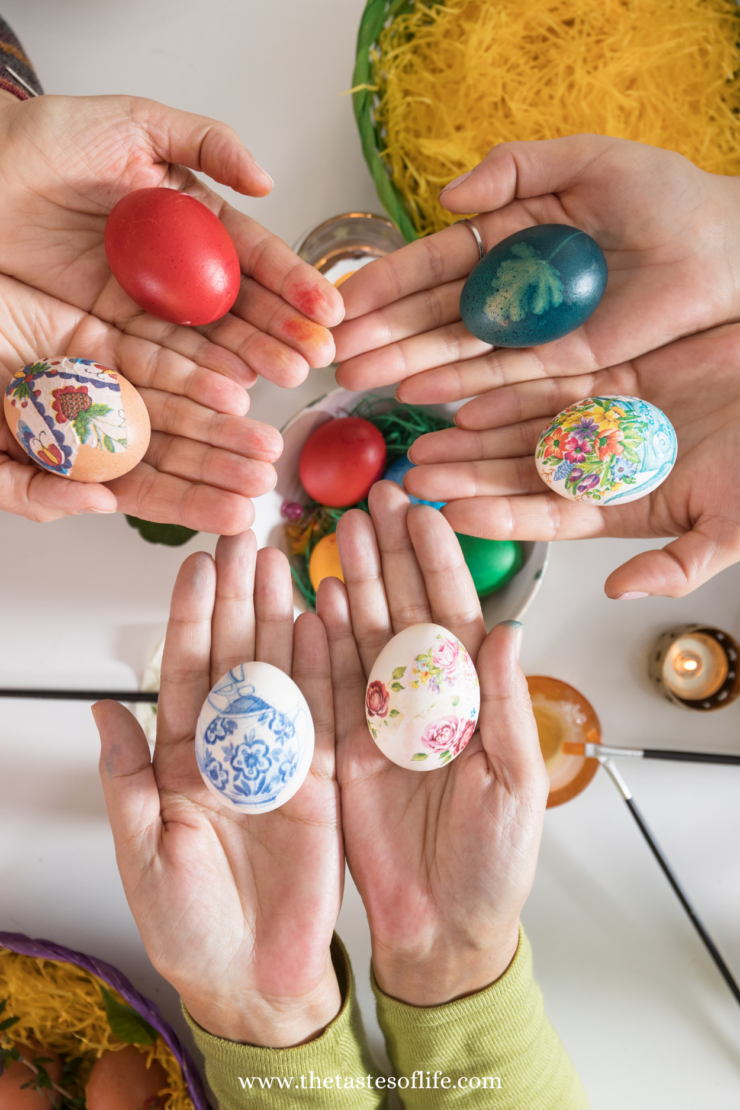
Basia, pisanki, and Śmigus-Dyngus – what did the Slavs do in spring?
The oldest Polish pisanki were discovered on Ostrówek Island and date back to the end of the 10th century. Eggshells were dyed using, among other things, onion skins, and patterns were drawn with melted wax (probably not soy :)). Originally, the egg was associated with the symbolism of fertility and the emergence of new life. It was also connected with solar cults. During the Spring Rites, Slavs exchanged eggs, symbolizing vitality and prosperity. Today, some of us similarly share eggs at the Easter table.
And What About Our “Basias” (Willow Twigs)?
In Slavic culture, willow twigs were associated with magical powers related to fertility. The custom of striking each other with willow twigs was also practiced precisely to endow fertility. Even long after the advent of Christianity, people whipped themselves with willow twigs after Palm Sunday mass.
What Significance Did Water Pouring Have For Ancient Slavs?
This ritual was to bring purity and health. Even after adopting Christianity in our lands, this custom was diligently upheld (one of the best memories from childhood). Even the most delicate individuals made sure to get a little water on them, as it guaranteed fertility, health, and protection against… spinsterhood. The Church could not eradicate this custom, so the cleansing properties of water were associated with holy water.
Pagans also eagerly feasted and paid visits after the arrival of spring, a tradition we still maintain today, especially during the Easter period. Regardless of our religious affiliation, or lack thereof, the spring celebrations are rooted in our Slavic, pagan origins!
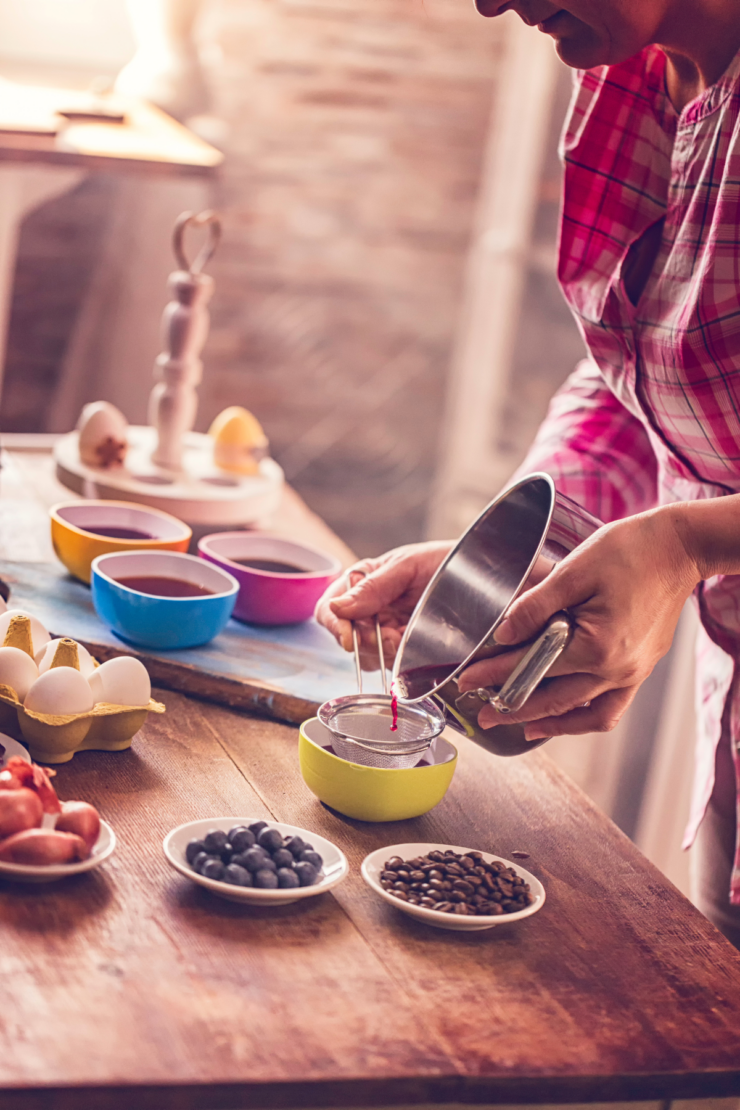
Why Eggs and The Art of Egg Painting
In Slavic traditions, eggs hold significant symbolic meanings, often associated with fertility, renewal, and protection. Here are some of the key symbolic meanings of eggs in Slavic culture:
- Fertility and Renewal: Eggs symbolize fertility and the cycle of life. In Slavic folklore, eggs are often associated with springtime and the renewal of nature after the long winter. As such, decorated eggs are commonly used in spring rituals to welcome the arrival of new life and growth.
- Protection: Eggs are believed to possess protective qualities in Slavic traditions. Decorated eggs, known as “pisanki” or “kraszonki,” were often hung in homes or fields to ward off evil spirits, promote prosperity, and ensure a bountiful harvest. These eggs’ intricate designs and vibrant colors were thought to amplify their protective powers.
- Symbol of the Sun: In many Slavic cultures, eggs symbolize the return of the sun from a long dark winter and its life-giving energy. The round shape and golden color of eggs evoke the sun, which holds immense significance in agricultural societies. Eggs are often incorporated into sun-related rituals and celebrations, especially during the spring equinox and offerings for the sun god.
- Spiritual Significance: In Slavic spirituality, eggs are viewed as sacred objects, representing the divine and spiritual realms. They are often used in religious ceremonies, such as weddings, baptisms, and funerals, to symbolize purity, rebirth, and the eternal cycle of life and death.
- Community and Connection: In Slavic culture, the act of sharing and exchanging eggs holds deep communal significance. Giving decorated eggs as gifts symbolizes friendship, goodwill, and solidarity within the community. Egg-related rituals, such as egg rolling or egg cracking competitions, foster a sense of unity and camaraderie among participants.
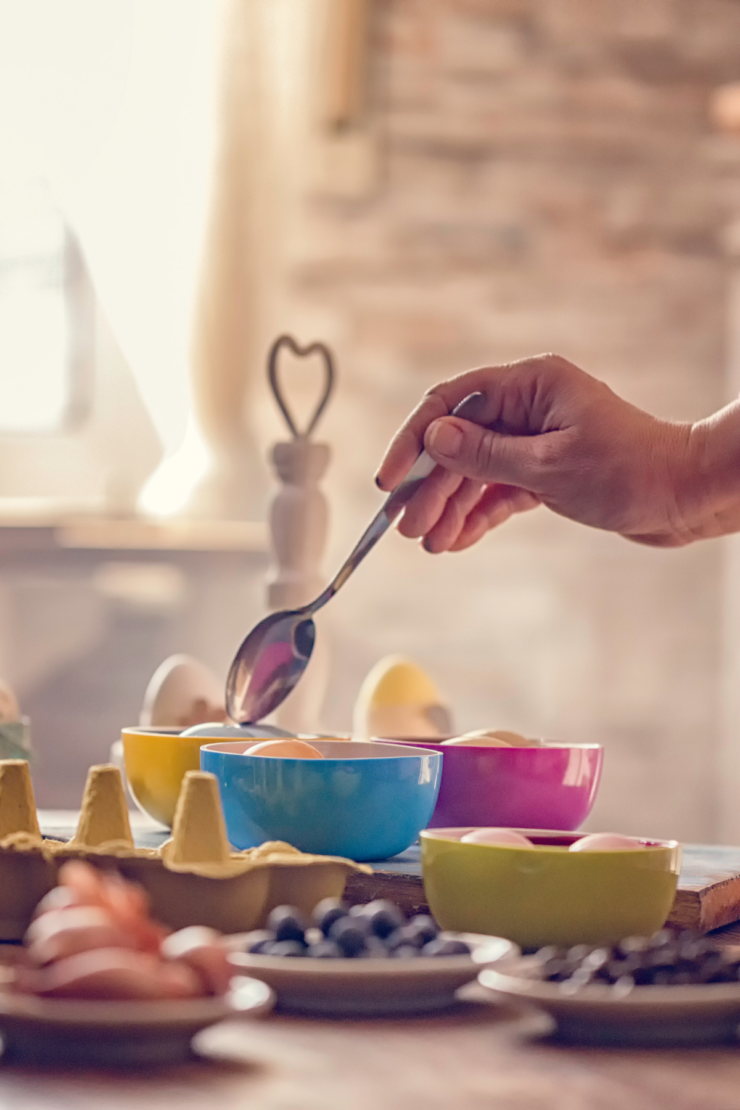
Techniques Used in Egg Dyeing
The techniques used in egg dyeing vary from region to region, each with a unique flair. One of the most renowned methods is the wax-resist technique. This process involves using beeswax to create intricate designs on the eggshell before dipping it into vibrant dyes. The wax protects certain areas, allowing stunning patterns to emerge as layers of color are added.
In Catholicism, the dyeing process begins on Holy Thursday, with families coming together to decorate eggs for Easter Sunday. It’s a time of bonding and storytelling, where elders pass down the tales of their ancestors, intertwining family history with the artistry of egg decorating.
Another beloved tradition is the sharing of eggs with loved ones and neighbors. These decorated eggs, known as “pisanki” or “kraszonki,” are often exchanged as gifts, symbolizing friendship, goodwill, and the joy of spring’s arrival. In some regions, it’s also customary to place decorated eggs in baskets alongside other traditional Easter fare, such as bread, ham, and horseradish.
While modernization and changing lifestyles have inevitably influenced many aspects of Polish culture, the egg-dyeing tradition remains remarkably resilient. In recent years, there has been a resurgence of interest in preserving these ancestral practices, with workshops and classes aimed at teaching younger generations the art of egg decorating.
Furthermore, the internet has provided a platform for sharing techniques and inspiration, fostering a sense of community among those passionate about preserving their cultural heritage. Social media platforms abound with images of beautifully decorated eggs, each one a testament to the enduring spirit of Polish tradition.
As we embrace the technological advancements of the 21st century, it’s essential not to lose sight of the value of our cultural heritage. In Poland, the art of ancestral egg dyeing serves as a poignant reminder of the bonds that unite us across generations and the importance of passing down our traditions to future descendants.
In a world that often feels increasingly disconnected, these timeless customs provide a sense of continuity and belonging, grounding us in our shared history and cultural identity. So as Easter approaches, let us take a moment to honor the legacy of our ancestors, one beautifully dyed egg at a time.
Types of Pisanki
Pisanki – Painted with melted wax on eggs, then dyed in a coloring solution.
Kraszanki – Eggs are boiled in a coloring solution.
Drapanki – Patterns are scratched into the dyed eggshell using a sharp tool.
Oklejanki – Eggs are covered with fabrics, yarn, or flower petals.
Nalepianki – Similar to the above, eggs are covered with colored paper.
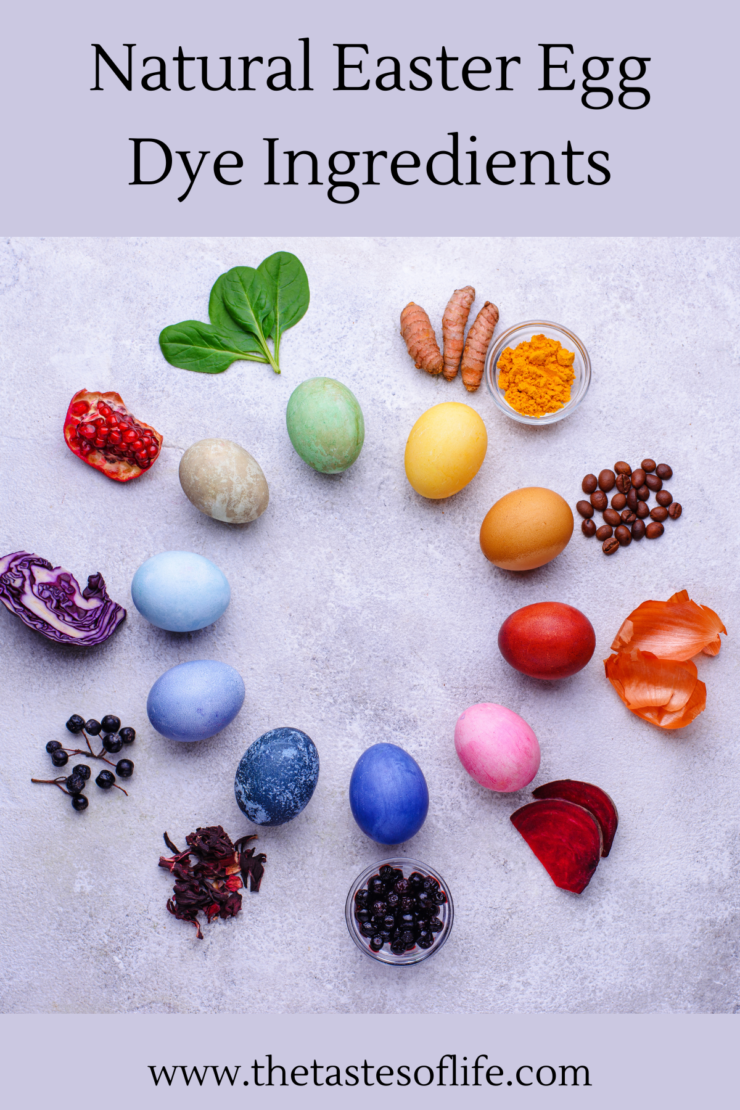
Natural Egg Dies
Traditionally, eggs were dyed with natural pigments such as onion skins, birch leaves, beets, and later coffee. The color of the egg also had its symbolic significance. For example, eggs painted red symbolized the blood of Christ, green meant hope and new life, and yellow represented light and the sun.
- Onion Skins:
- Create a rich golden hue.
- Simmer onion skins in water until the desired color is achieved.
- Add a splash of vinegar to help set the dye.
- Beets:
- Produce vibrant shades of pink or red.
- Boil chopped beets in water to extract the dye.
- Vinegar can be added to intensify the color.
- Turmeric:
- Yields bright yellow hues.
- Simmer turmeric powder in water until desired color is reached.
- Vinegar enhances the color and helps set the dye.
- Spinach:
- Provides subtle green tones.
- Boil fresh spinach leaves in water to release the dye.
- Vinegar can be added for better color penetration.
- Blueberries:
- Offer deep blue or purple shades.
- Simmer crushed blueberries in water to extract the dye.
- Vinegar can be added to intensify the color.
- Red Cabbage:
- Creates shades ranging from blue to purple.
- Boil chopped red cabbage in water until the desired color is obtained.
- Vinegar helps stabilize the dye and intensify the color.
- Coffee:
- Produces warm brown tones.
- Brew strong coffee and allow it to cool before dyeing eggs.
- Vinegar may be added for color setting.
- Paprika:
- Gives orange or reddish-brown hues.
- Mix paprika powder with boiling water and allow it to cool.
- Vinegar enhances the color and helps set the dye.
- Carrots:
- Offer soft orange or yellow shades.
- Boil chopped carrots in water to extract the dye.
- Vinegar can be added to intensify the color.
- Hibiscus Tea:
- Provides pink to reddish-purple colors.
- Brew hibiscus tea and let it cool before using it as a dye.
- Vinegar can be added for color stabilization.

How To Paint Eggs in the Traditional Way
Materials Needed:
- Eggs (preferably white)
- Natural dye sources (onion skins, beets, spinach, blueberries, etc.)
- Small bowls or pots for dyeing
- Water
- White vinegar (to help set the dye)
- Beeswax or paraffin wax
- A stylus or kistka (a tool for applying wax)
- Candle or heat source for melting wax
- Paper towels or cloth for drying
- Optional: Decorative elements such as leaves, flowers, or stickers for creating patterns
Instructions:
- Prepare the Eggs:
- Wash the eggs gently to remove any dirt or debris.
- If desired, you can blow out the contents of the eggs by making a small hole at each end and blowing through one end to force the contents out. This step is optional but can help preserve the decorated eggs longer.
- Create the Dyes:
- Prepare your natural dyes by simmering the dye sources (onion skins, beets, spinach, etc.) in separate pots of water. The longer you simmer, the richer the color will be.
- Add a splash of white vinegar to each pot of dye. This helps set the color on the eggs.
- Decorate with Wax:
- Once the dyes are ready, you can decorate the eggs with wax. Using a stylus or kistka, apply melted beeswax or paraffin wax to the eggshell in intricate patterns or designs.
- The wax will act as a barrier, preserving the natural color of the eggshell underneath.
- Dye the Eggs:
- Dip the wax-decorated eggs into the pots of dye. To achieve different shades of color, leave them submerged for varying amounts of time.
- For multiple colors, start with the lightest dye and gradually move to darker colors, applying wax between each dye bath to preserve certain areas.
- Remove the Wax:
- Once the eggs have reached the desired color, carefully remove them from the dye and let them dry completely on paper towels or cloth.
- To remove the wax, gently heat the eggs near a candle flame or in a warm oven. The wax will melt, revealing the intricate designs underneath.
- Optional: Add Decorative Elements:
- You can embellish the eggs if desired by adding decorative elements such as leaves, flowers, or stickers. Place the chosen item against the eggshell and dye the egg as usual. When the wax is removed, the decorative element will leave its impression on the egg.
Enjoy the art of this extremely ancient tradition and please show me your colorful eggs.
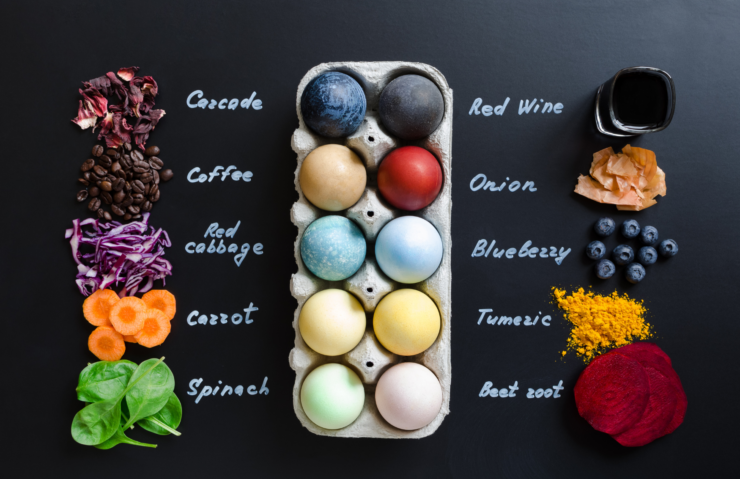
Spring Recipies
Easy Spring Nettle Soup – Pokrzywianka
https://www.shu.edu/arts-sciences/news/a-magic-world-of-the-slavic-arts-and-crafts.html
Yum
